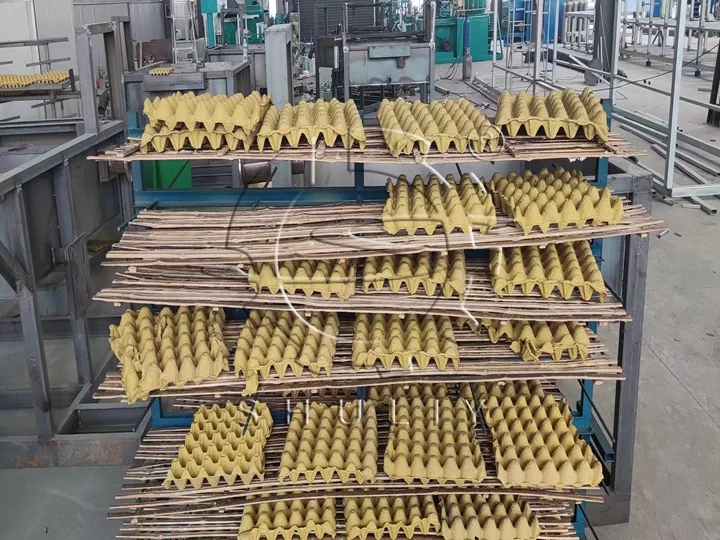শুকানোর প্রক্রিয়া ডিমের ট্রে উত্পাদনের একটি গুরুত্বপূর্ণ ধাপ, যা নিশ্চিত করে যে সেগুলি প্রয়োজনীয় শক্তি এবং স্থায়িত্ব অর্জন করে। শিল্পে ব্যবহৃত বেশ কয়েকটি শুকানোর পদ্ধতি রয়েছে, প্রতিটির নিজস্ব সুবিধা এবং অসুবিধা রয়েছে।
1. রোদে শুকানো:
রোদে শুকানোর জন্য মোল্ড করা ডিমের ট্রে ট্রেতে (বাঁশ বা গ্যালভানাইজড ধাতু দিয়ে তৈরি) রাখা এবং শুকানোর র্যাকে রাখা জড়িত। এই সেটআপটি তারপর একটি খোলা জায়গায় স্থানান্তরিত হয়, যাতে ট্রেগুলি সূর্যালোক এবং প্রাকৃতিক বায়ুপ্রবাহের সংস্পর্শে শুকিয়ে যায়। যদিও এই পদ্ধতিতে শক্তির প্রয়োজন হয় না, এটি আরও জনবলের প্রয়োজন এবং উল্লেখযোগ্য স্থান নেয়।
- সুবিধা: কোন শক্তির প্রয়োজন নেই, উৎপাদন খরচ কমানো।
- অসুবিধা: আরো শ্রম-নিবিড়, উল্লেখযোগ্য স্থান প্রয়োজন, আবহাওয়া-নির্ভর।
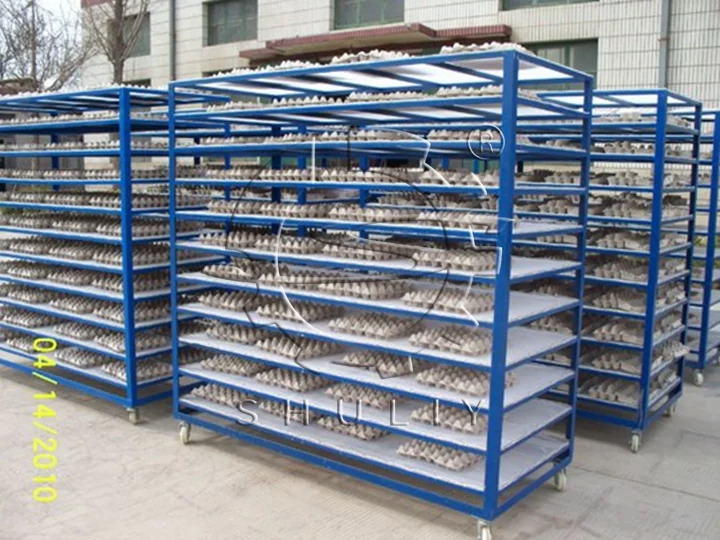
2. শুকানোর চেম্বার:
শুকানোর চেম্বারে, ঢালাই করা ট্রেগুলি গ্যালভানাইজড ট্রেতে স্থাপন করা হয় এবং শুকানোর চেম্বারে স্থানান্তরিত হয়। আধা ঘন্টা বেক করার পরে, ট্রে শুকানো হয়। চেম্বারে 10-12টি গাড়ি রাখা যায়, প্রতিটিতে 90-100টি ট্রে বহন করা হয়। এই পদ্ধতিটি বিভিন্ন আবহাওয়ায় সামঞ্জস্যপূর্ণ উত্পাদন নিশ্চিত করে, তবে এর জন্য আরও শ্রমের প্রয়োজন হয়।
- সুবিধা: বাতাস বা বৃষ্টির আবহাওয়ায় উৎপাদন চলতে থাকে, কম জায়গা দখল করে।
- অসুবিধা: বৃহত্তর জনশক্তি ইনপুট প্রয়োজন.
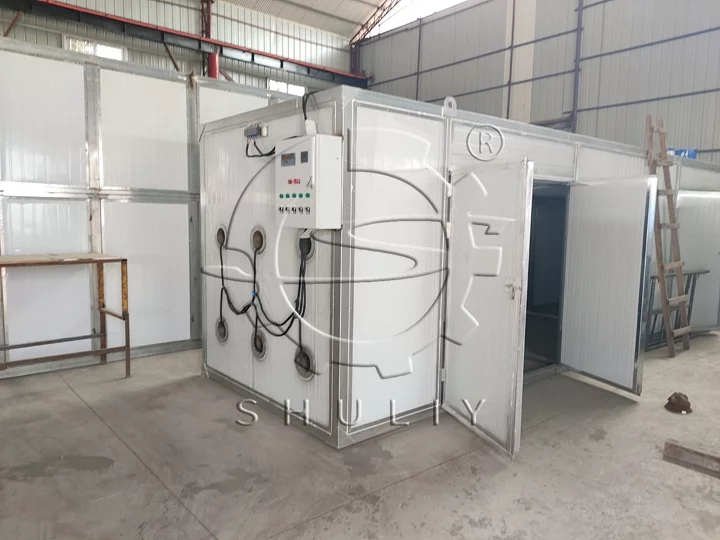
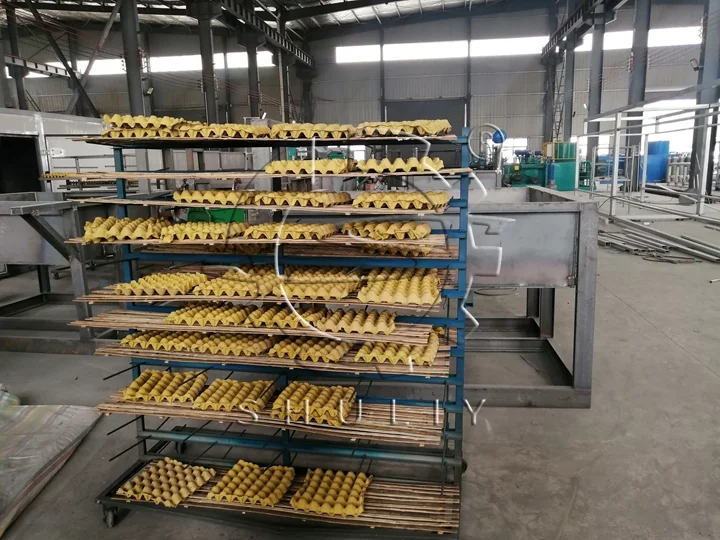
3. ইট শুকানো:
ইট শুকানোর জন্য, ট্রেগুলি 180-200 ডিগ্রি তাপমাত্রায় 15 মিনিটের জন্য শুকানোর টানেলের মধ্য দিয়ে যায়। শুকানোর দৈর্ঘ্য সাধারণত 40-70 মিটার হয় এবং বিভিন্ন জ্বালানী যেমন কয়লা, কাঠ, প্রাকৃতিক গ্যাস বা ডিজেল ব্যবহার করা যেতে পারে। যদিও নির্মাণ খরচ কম, এটি একটি বড় পদচিহ্ন এবং উচ্চ শুকানোর খরচ আছে।
- সুবিধা: মাল্টি-লেয়ার শুকানোর জন্য কম নির্মাণ খরচ, অটোমেশনের সম্ভাবনা।
- অসুবিধা: বড় পদচিহ্ন, উচ্চ শুকানোর খরচ.
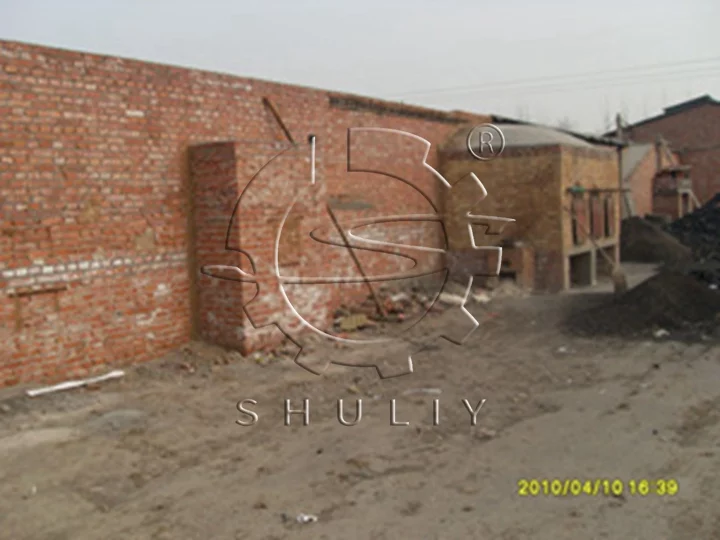
4. মাল্টি-লেয়ার শুকানো:
মাল্টি-লেয়ার শুষ্ককরণে, ট্রেগুলিকে ছয়টি স্তর সহ একটি শুকানোর চেম্বারের মাধ্যমে জানানো হয়। 180-200 ডিগ্রীতে শুকানোর 25 মিনিট পরে, ট্রে নীচের প্রান্ত থেকে প্রস্থান করে। 18 মিটার দৈর্ঘ্য এবং উচ্চতায় ছয় স্তর বিশিষ্ট চেম্বারটি একটি ছোট পদচিহ্ন, দক্ষ শক্তি খরচ এবং উচ্চ স্বয়ংক্রিয়তা প্রদান করে। তবে প্রাথমিক বিনিয়োগ বেশি হয়।
- সুবিধা: ছোট পদচিহ্ন, দক্ষ শক্তি খরচ, অটোমেশন উচ্চ স্তরের.
- অসুবিধা: প্রাথমিক বিনিয়োগ তুলনামূলকভাবে বেশি।
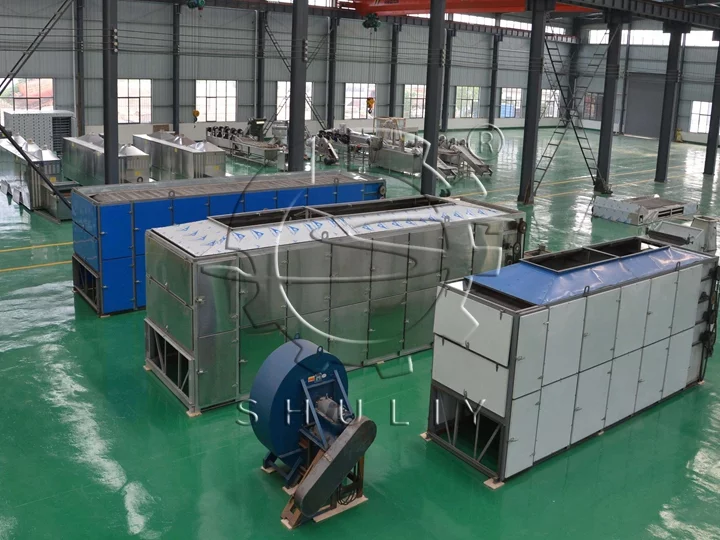
উপসংহার
উপসংহারে, শুকানোর পদ্ধতির পছন্দ খরচের বিবেচনা, উপলব্ধ স্থান এবং স্বয়ংক্রিয়তার পছন্দসই স্তরের মতো বিষয়গুলির উপর নির্ভর করে। প্রতিটি পদ্ধতির নিজস্ব ট্রেড-অফের সাথে আসে এবং আমরা তাদের ডিমের ট্রে উৎপাদনের জন্য সবচেয়ে উপযুক্ত শুকানোর পদ্ধতি নির্ধারণ করতে আমাদের গ্রাহকের নির্দিষ্ট চাহিদা এবং সীমাবদ্ধতাগুলি যত্ন সহকারে মূল্যায়ন করব।

